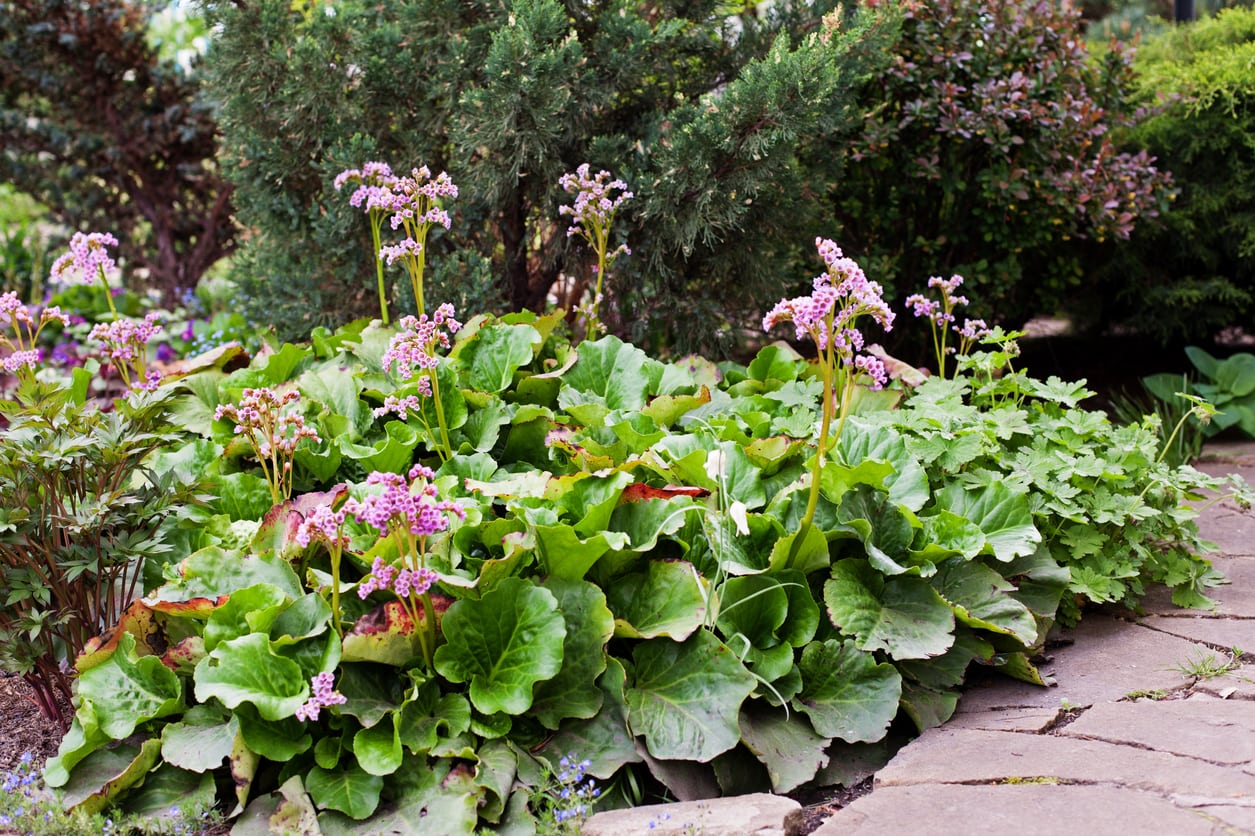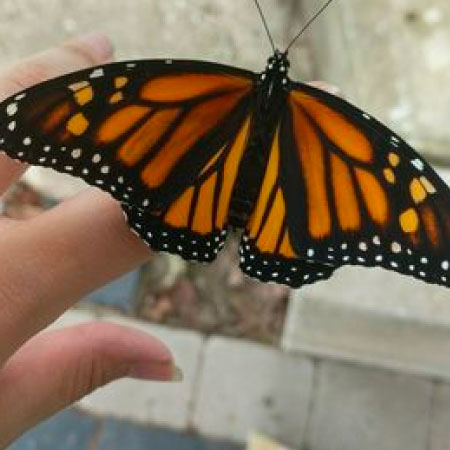How To Transplant Bergenia: Dividing And Moving Bergenia Plants


When perennials begin to look shabby, straggly, open in the center, or fail to produce their normal amount of blooms, it is usually time to divide them. Different perennials will reach this point at different times, depending on their root structures and growing habits. The perennial bergenia may bloom and grow beautifully for several years, then suddenly stop performing. This could be because it is choking itself out and needs to be divided or because something in its environment changed and it needs to be moved. Continue reading to learn how to transplant bergenia, as well as when to divide bergenia plants.
Dividing and Moving Bergenia Plants
Bergenia is a perennial for shade to part shade in USDA hardiness zones 3 through 9. It thrives in dry shady locations where many other plants simply cannot grow. However, if their site suddenly becomes less shady, for example, if large shade trees have been removed, bergenia plants can quickly fry and die out. Unfortunately, sometimes shade trees do need to come down and the plants that relied on their shade, such as bergenia, need to be transplanted. Bergenia will also suffer if the site suddenly becomes more consistently damp. They cannot tolerate soggy soil or wet feet and will fall victim to many fungal diseases and rots in excessively wet conditions. Transplanting bergenia will be necessary for survival. Every three to five years, bergenia plants also need to be divided. You’ll know when to divide bergenia by the overall appearance, health, and vigor of the plant. If they begin to look spindly, are blooming less, or have open spaces in the center, divide them.
How to Transplant Bergenia
Dividing and/or moving bergenia should be done in spring. However, it is sometimes necessary to move plants during other times of the year. If you absolutely have to transplant and divide bergenia in the summer months, it is best to do it on a cool, cloudy day to reduce the risk of transplant shock. Using a clean, sharp spade, dig widely around the plant’s crown to make sure you get all the roots. Once you have lifted the root ball out, remove excess soil. Thick, rhizomatous roots will then be exposed. With a clean sharp knife, you can create bergenia divisions by cutting apart sections of these rhizomes. Be sure each section contains a node or section of the plant crown. Plant your new bergenia divisions or bergenia transplant in shady to part shade locations. Bergenia makes excellent low growing borders or groundcovers for dry, shade gardens. Though they like things a bit on the drier side, you will need to water new transplants well and regularly as they get established.
Sign up for the Gardening Know How newsletter today and receive a free copy of our e-book "How to Grow Delicious Tomatoes".

Darcy is a former contributor to Gardening Know How. She is a professional landscape designer and gardening writer with experience in plant sales. An avid gardener, Darcy has a passion for sharing practical tips to help others grow.